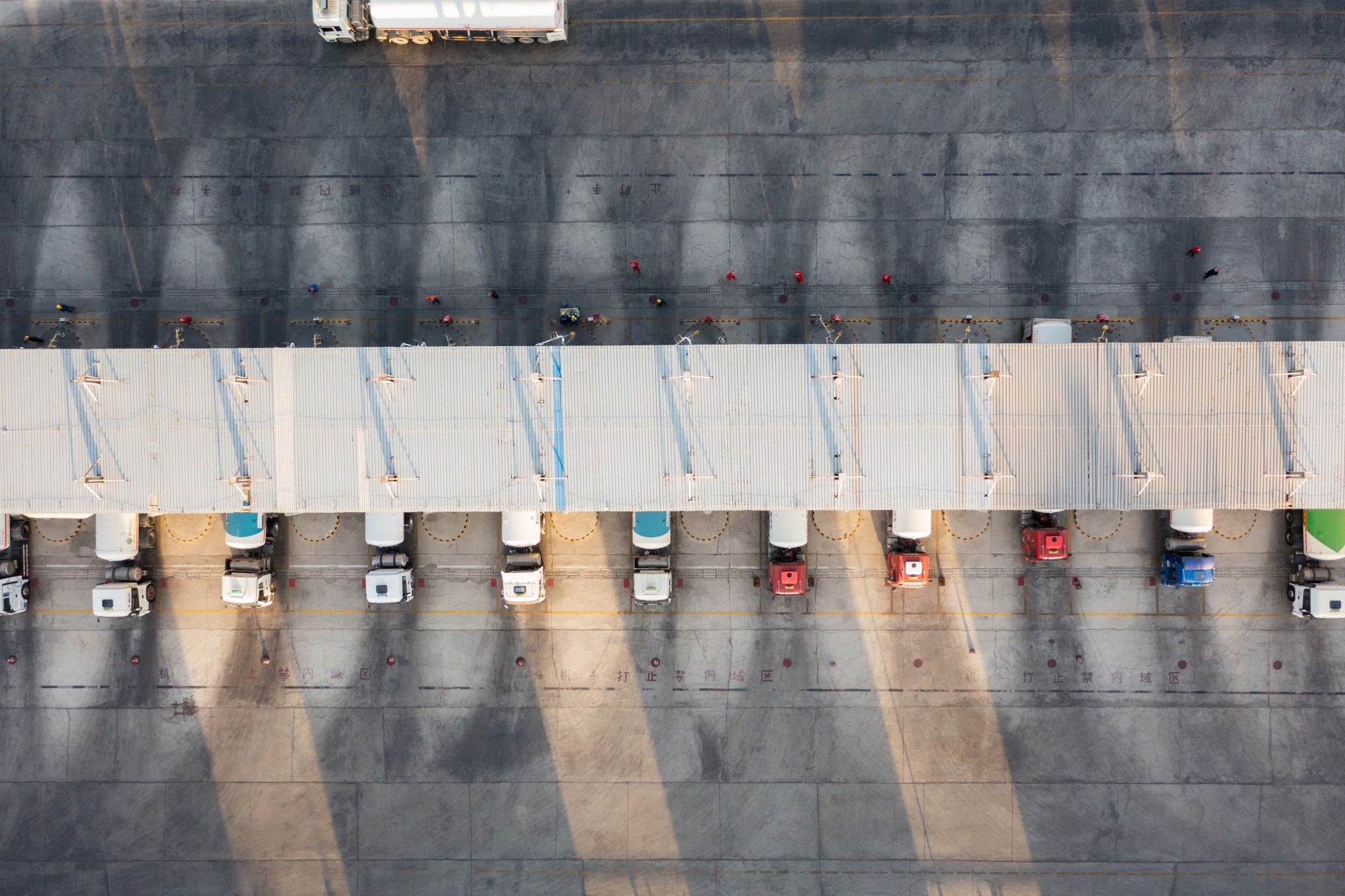From A to Better: Trends that make transportation more sustainable

The logistics industry is at a turning point. Diesel trucks are still the dominant force on Europe’s roads, but the transformation is palpable. Alternative drive technologies such as electricity and hydrogen are moving into focus. Amanda Rasch, Managing Director Benelux at DKV Mobility, highlights the challenges and opportunities involved in this transition – and explains why it makes sense to take the first steps towards sustainable mobility today.
New drives transform the logistics chain
The shift to alternative drives like electricity or hydrogen is no longer science fiction – it is set to become the new standard in the long term. However, this transformation will not happen overnight. It requires a fundamental realignment of the entire logistics chain.
Electric trucks bring new challenges: charging times need to be integrated into route planning, charging station locations must be strategically selected, and the power grid must be intelligently relieved. This results in a new role for fleet management: They are no longer just responsible for functioning routes and vehicles, but also for ensuring that sufficient energy is available at all times – particularly during peak demand periods.
Which drive is best for which application?
Electric trucks offer clear advantages, especially in urban areas: they are quiet, locally emissions-free, and ideal for low-emission zones. With ranges of 300 to 500 kilometers, they are also suitable for regional transport.
However, electric vehicles are also gaining ground for longer distances – thanks to more powerful batteries and a steadily expanding charging network. In parallel, hydrogen is gaining attention as an alternative: Although the fueling station infrastructure still needs development, hydrogen offers long ranges and quick refueling – ideal for long-haul transport. Biogas and LNG can also help reduce CO₂ emissions.
Ultimately, the best solution depends on the specific usage profile: Depending on the route, energy availability, and economic conditions, the optimal drive may be electric, hydrogen-based, bio-based, or a combination of these.
Step by step to sustainable logistics
For the transition to succeed, willingness and cooperation along the entire supply chain are needed. Governments can also play a role, for example, by offering subsidies or tax incentives to companies that invest in more sustainable transport solutions together.
What’s important is that every step counts. It doesn’t have to be a full fleet conversion right away. Even small measures can make a big difference – such as starting with alternative fuels, installing initial charging points at depots, or engaging in dialogue with partners. Those who start early will not only gain ecological benefits, but also economic advantages – especially when considering future regulations and the growing sustainability demands from customers.
